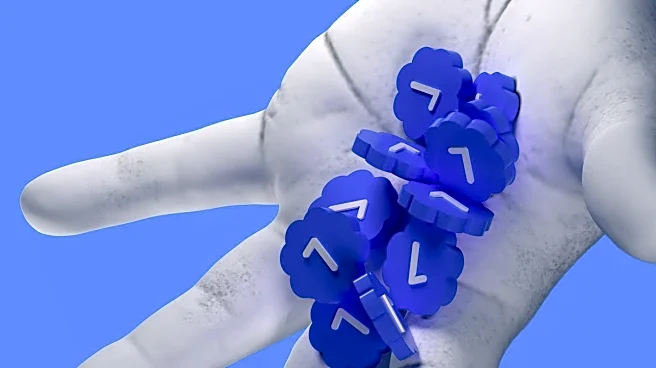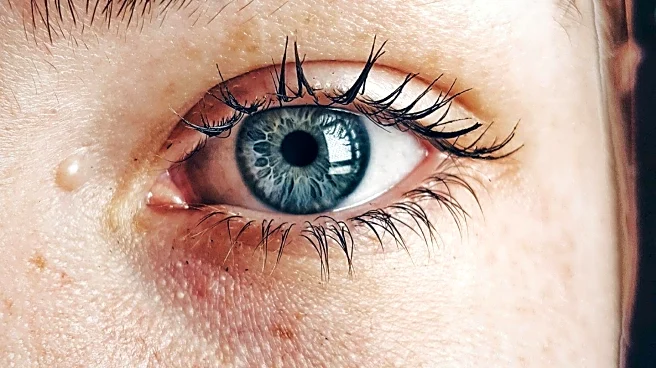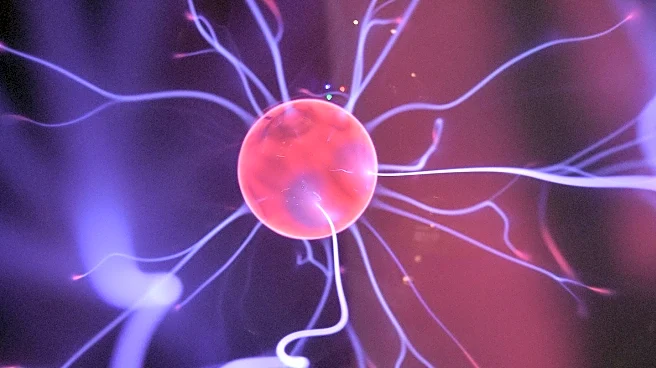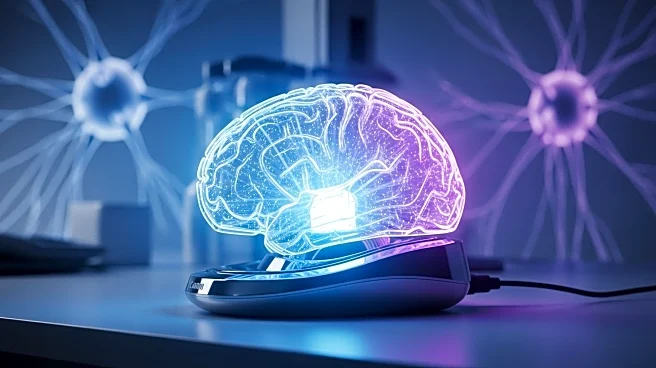What's Happening?
A recent study published in the Journal of Psychopharmacology has explored the differing impacts of tetrahydrocannabinol (THC) and cannabidiol (CBD) on brain function using advanced neuroimaging techniques. Conducted on rats, the research found that THC significantly increased brain connectivity and blood flow, while CBD reduced connectivity without affecting blood flow. The study aimed to understand how these cannabis compounds, when used alone or in combination, alter brain communication patterns and blood flow. The research involved administering doses of THC, CBD, and a combination of both to separate groups of rats, followed by brain imaging to assess changes in functional connectivity and cerebral blood flow. The findings suggest that THC enhances neural synchrony and activity, whereas CBD may have a calming effect on brain connectivity.
Why It's Important?
The study's findings have significant implications for the medical use of cannabis compounds. THC, known for its psychoactive effects, is used in treating conditions like nausea and chronic pain, while CBD is recognized for its potential in managing epilepsy and anxiety. Understanding the distinct effects of these compounds on brain function can inform the development of cannabis-based treatments, potentially leading to more effective therapies with fewer side effects. The research also highlights the importance of considering the interaction between THC and CBD, as their combination may moderate the effects of THC, offering a balanced therapeutic approach. This knowledge is crucial for healthcare providers and policymakers in shaping cannabis-related health policies and treatment protocols.
What's Next?
Future research is expected to expand on these findings by exploring long-term effects of THC and CBD use, as well as their impact on different populations, including humans. Studies may focus on varying doses, delivery methods, and the inclusion of female subjects and disease models to better understand the therapeutic potential of these compounds. Researchers aim to create a comprehensive database of brain imaging profiles for various drugs, which could aid in drug development and the identification of specific brain signatures linked to therapeutic outcomes. This ongoing research will contribute to the refinement of cannabis-based treatments and the establishment of standardized imaging approaches in both animal and human studies.
Beyond the Headlines
The study raises ethical and practical considerations regarding the use of animal models in research, as well as the challenges in translating findings to human subjects. The use of anesthesia in the study, while necessary for imaging, may affect brain activity differently than in awake brains, highlighting the need for careful interpretation of results. Additionally, the research underscores the importance of standardizing imaging analysis methods across studies to enhance the comparability and applicability of findings. These considerations are vital for advancing the field of neuroimaging and ensuring that research outcomes are relevant and beneficial to human health.










